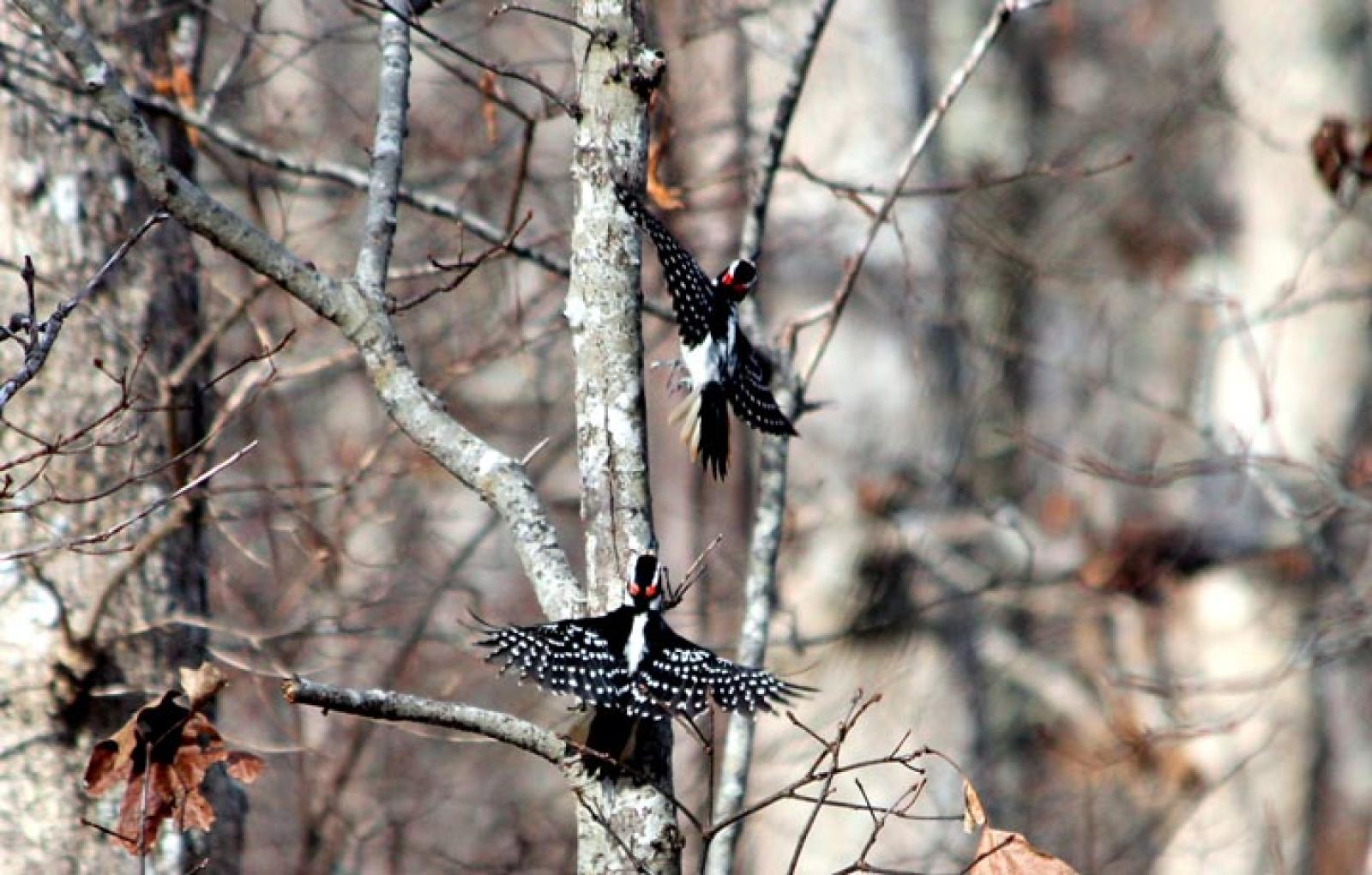There has been a good deal of talk about crows recently, so I thought I would put my oar in. There probably have been fish crows on the Island for several years, but to tell the fish crows from American crows is tough. Recently I met up with Alvaro Jaramillo, who is a bird tour operator and author of books and articles about birds in bird magazines. We were talking about tough ID problems (gulls) and I mentioned the crow problem. He said that he had written a piece recently on the subject in Bird Watcher’s Digest. I immediately dug up that issue and will do my best to summarize what Alvaro had to say, as it was the best comparison I have seen so far.
The first piece of information Alvaro gave was of no help to Vineyard birders. He mentioned that fish crows are more associated with water than American crows. Well . . . the Vineyard’s American crows certainly are near water.
Next was the visual appearance, tough to do as the crows are very similar. However, with a good deal of practice one might be able to pick out the smaller fish crow from a migrating flock of mixed American and fish crows as it heads to the Vineyard for the evening. The fish crow has a smaller and thinner bill and, as Alvaro notes, “often has more of a hook at the tip.” The American crow’s wings tend to be shorter and blunter than those of the fish crow. If you are lucky enough to see both crows on the ground, you would find that the fish crow has shorter legs than its longer-legged cousin the American crow. Alvaro notes that the fish crow’s “shorter legs make it waddle more when walking.”
The best way to differentiate between these two crows is by their voice. The nasal two-note call of the fish crow sounds like someone saying “uh, uh” or, as Richard Crossley notes, “a kid with a deep voice saying “no, no.” The fish crows don’t always use the two-note call and their single call is similar to the American crow, but with practice one can sense that the higher pitched single note is that of the fish crow. Just hope the crow in question gives a two-note call and check out the November/December issue of Bird Watcher’s Digest for Alvaro’s article, Eating Crow — and Ravens.
Bird Sightings
The most interesting sighting of the week comes from Natalie Conroy, who spotted ospreys back around the nest at Greenhouse Lane in Chilmark on Feb. 15!
Bert Fischer remarked that the Canada geese around Squibnocket are beginning to show signs of pair bonding. Bert observed one goose chasing wannabes from “its” cove and mute swans hanging out in the marshes and coves in which they usually build their nests.
Ken Magnuson sent me a series of great photographs, including one of dancing downy woodpeckers, that he took at Felix Neck on Feb. 19.
Allan Keith reported that the blue-winged teal drake was still at Squibnocket as of Feb. 14. He also counted 13 American coots and lesser scaup, gadwalls and red-breasted mergansers. The Eastern phoebe that was seen on the Christmas Bird Count is still by Allan’s house at Turtle Brook Farm as well.
Lindsey Lee called to say she had seen a hawk which had killed a blue jay near her West Tisbury home. She thought it was a merlin, but wasn’t sure. I am waiting for a photograph to confirm. She was surprised to see a hawk kill something seemingly larger than itself. I once saw an American kestrel kill an evening grosbeak many years ago. That was during a tough winter!
Susan B. Whiting is the coauthor of Vineyard Birds and Vineyard Birds II. Her Web site is vineyardbirds2.com. Please report your bird sightings to the Martha’s Vineyard Bird Hotline at 508-645-2913 or e-mail to birds@mvgazette.com.




Comments
Comment policy »